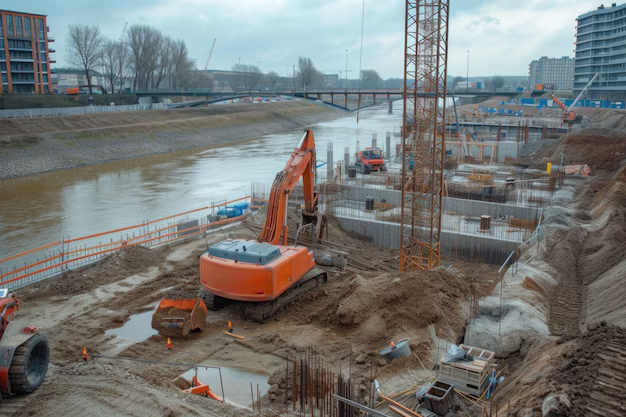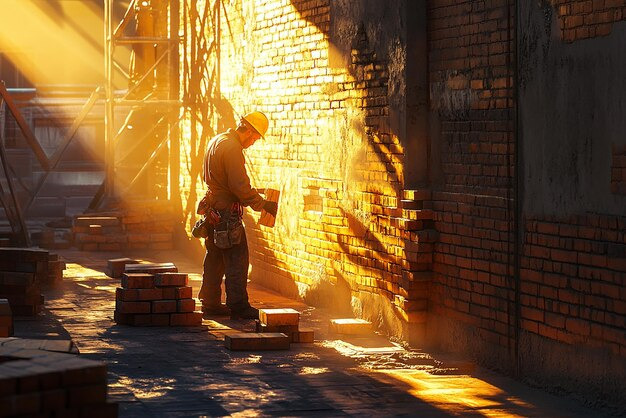When it comes to concrete construction, concrete curing is a very common term used countless times. Have you ever wondered about concrete curing and its different types?
What is Concrete Curing?
The curing of concrete is a process in construction in which water is prevented from getting evaporated from the concrete while it is hardening and the retaining of water in the concrete surface for hydration reactions purposes. Curing is the process that makes the strength of concrete by wetting it on its surface. When concrete gains strength it tries to cure the moisture content for full chemical reaction and gain its full strength.
Concrete does not gain its intended strength right after they have been cast. Thus, it gets only to 16% of its intended strength in 24 hours and to 100% in 28 days.
The main objectives of concrete curing are as follows, namely to prevent evaporation of water and to reduce the temperature in order to dissipate heat of hydration. In both onsite and offsite construction there are various types of concrete depending on the situation and proper curing of these concrete is required.
Different Types of Concrete Curing
Based on the curing methods, the following are the major types of concrete curing:
Water Curing

This type of curing is used to avoid drying the concrete surface, especially for pavements and flat concrete surfaces when the concrete is thinner.
Methods:
- Ponding: Small clay bunds are placed around the concrete surface, filling enclosed areas with water, continuously soaking the surface.
- Sprinklers: Water is sprayed continuously to prevent evaporation.
Wet Covering
This method uses materials like hessian and gunnery bags to maintain surface moisture levels and is suitable for curing vertical surfaces such as concrete columns.
Formwork Curing
Formwork helps maintain curing conditions for thick concrete structures. It is cost-effective as the cost is included in the formwork. However, it requires keeping the formwork in place longer.
Membrane Curing
A membrane is formed on the concrete surface to prevent moisture evaporation. This can be achieved using water-based or oil-based membranes, with water-based being more popular for easier removal.
Sheet Curing
Polythene sheets and curing blankets are used to cover flat surfaces, preventing moisture loss. This method allows concrete to dry naturally and is ideal when evaporation is minimal.
Curing by Absorbing Heat

Pipes placed inside the concrete circulate water to absorb heat, reducing the core temperature. This method is more suited for thicker and higher-grade concrete structures.
Conclusion
Today’s construction goals rely heavily on concrete as a primary structural material; the curing process is the key to producing uniform and high-strength concrete structures. Effective curing procedures ensure that the concrete has enough moisture and a correct temperature to endure the needed hydration for the concrete to develop the right characteristics. Understanding and executing proper curing techniques allows construction experts to greatly improve the quality and longevity of concrete structures, assuring their safety and functionality for years to come.
If you are seeking long-lasting and durable construction, look no further than Walls and Dreams. As a premier construction service provider in India, Walls and Dreams offers extensive expertise to bring your project to life. Refer to their comprehensive house construction cost guide to plan your budget effectively. They can guide you in choosing the appropriate construction materials and designing house floor plans. Additionally, you can easily estimate your building costs with our exclusive building cost estimator tool.








